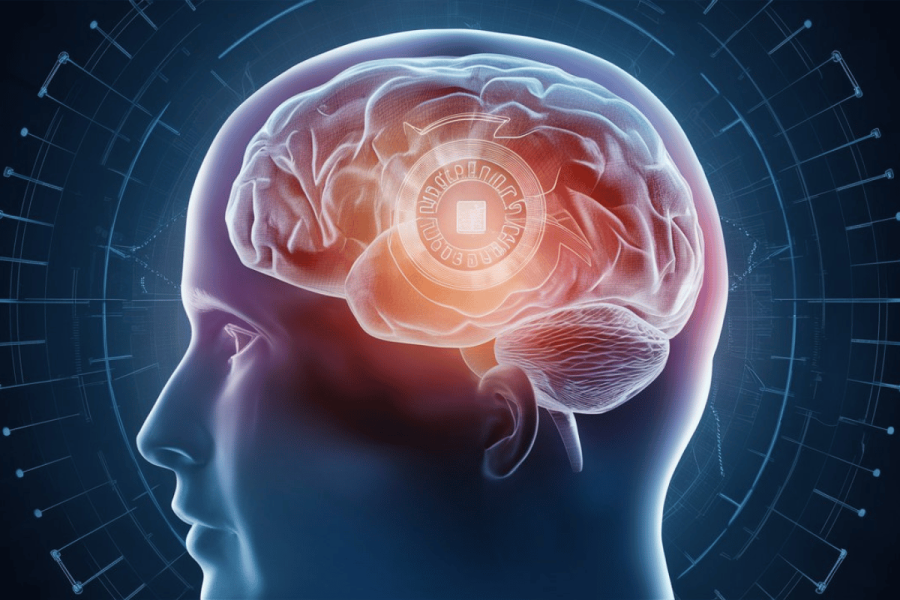Neuralink experienced an issue with its implant in its initial human patient, Noland Arbaugh, which reduced the amount of data captured from his brain, according to a company update.
Elon Musk’s startup reported that some data was lost due to a number of the implant’s threads that had been placed in Arbaugh’s brain coming out. The company didn’t disclose the reason why some threads retracted unexpectedly.
However, in a blog post posted on Wednesday (May 8), the neurotechnology firm stated: “In the weeks following the surgery, a number of threads retracted from the brain, resulting in a net decrease in the number of effective electrodes. This led to a reduction in BPS (bits-per-second).”
We’ve just passed 100 days since the first participant in our clinical trial received his Neuralink implant. Read our latest progress update here: https://t.co/7lckGYCK1H
— Neuralink (@neuralink) May 8, 2024
This resulted in a reduced number of functioning electrodes, limiting the company’s ability to assess the implant’s speed and accuracy. Neuralink did not mention how many threads retracted from the tissue. The company said that in response to the change, “we modified the recording algorithm to be more sensitive to neural population signals, improved the techniques to translate these signals into cursor movements, and enhanced the user interface.”
According to The Wall Street Journal, which initially reported the issue, Neuralink reportedly debated removing the implant, but the problem has not posed a direct risk to Arbaugh’s safety.
How do Neuralink chips work?
The implant’s electrode “threads” are inserted into the brain’s hand area, allowing patients to potentially control computer cursors and robotic limbs just by thinking about moving their paralyzed limbs. The current N1 Implant is a brain-computer interface (BCI) designed to monitor brain activity. It has 1,024 electrodes on 64 thin, flexible leads called “threads,” each thinner than a human hair. These threads can be individually placed in the brain.
Earlier this year, the company said Arbaugh had made a good recovery and could already use the chip to move a computer mouse, a video has now been released by Neuralink proving this. The nine-minute clip shows Arbaugh moving a computer mouse across a screen using only his thoughts, enabling him to play chess and turn off the laptop’s music.
Featured image: Ideogram
The post Neuralink’s first in-human brain implant has faced mechanical issues appeared first on ReadWrite.





